Hong Kong is a peculiar city. Its extreme lifestyle shaped the urban tissue in a singular way. The territory features the most skyscrapers in the world, surrounding Victoria Harbour, which lies in the centre of the city’s dense urban region of 6777 habitants/km2
Hong Kong’s area is mostly water (60% vs 40% of land). Yet, the problem is not the lack of m2 , the problem lies in the lack of developable area, which currently represents 24% of HK and it concentrates around the Victoria Harbour.
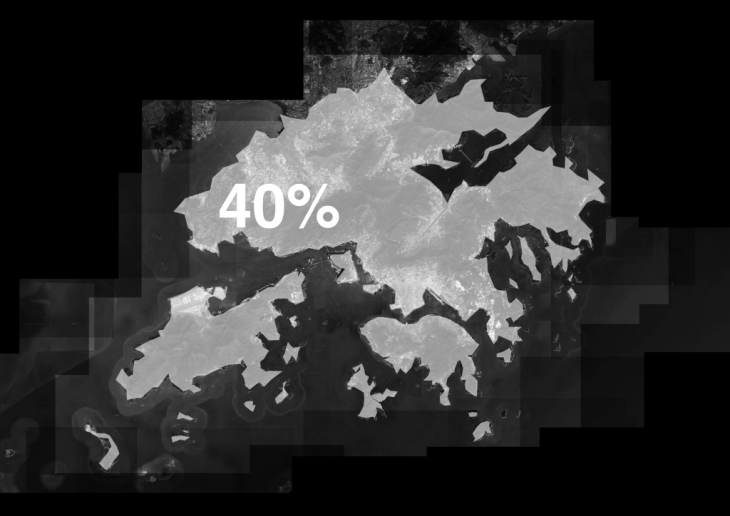
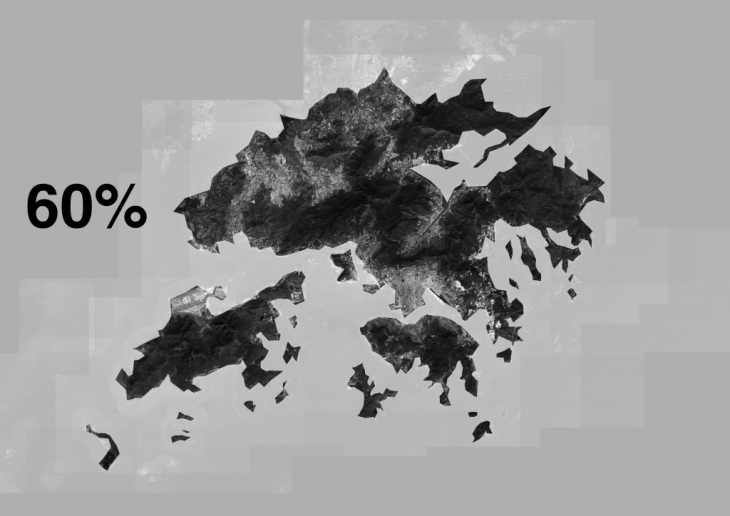
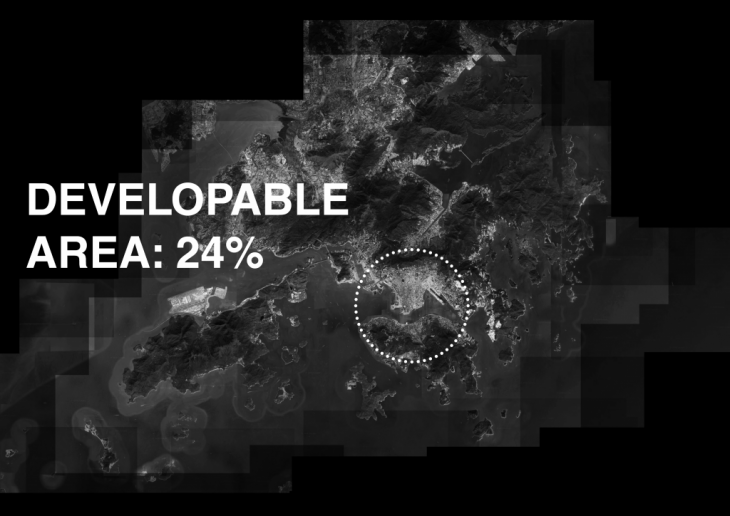
We identified three areas which would be crucial analyzing for any kind of future intervention in Hong Kong:
Climate Change, Obsolete Infrastructure and Mobility.
Climate Change:
The inevitable truth. According to the World Bank Cities are particularly vulnerable in that they are immobile. Such infrastructure as bridges, subway systems, buildings, and roads, the historic sense of place, and rootedness of residents are critical attributes of cites. These strengths of place can, however, become liabilities if the local ecosystems that they are based on are unable to adapt to the climate-induced changes. Climate change poses serious threats to urban infrastructure, quality of life, and entire urban systems. Not only poor countries, but also rich ones will increasingly be affected by anomalous climate events and trends. The sea level rise allied with the higher frequency of typhoon events in Hong Kong will be two new inputs which will change dramatically the way we design our cities.
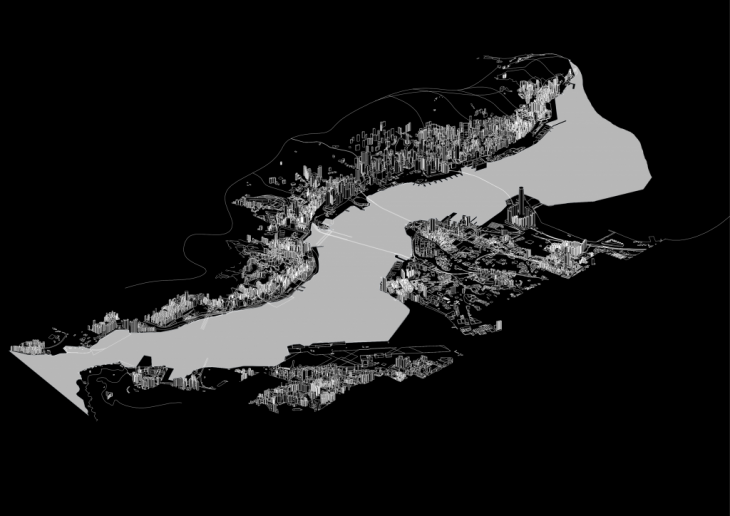
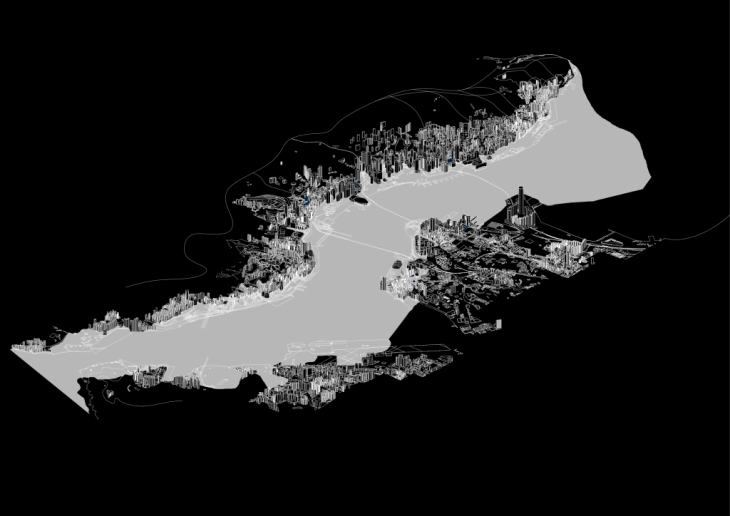
Obsolete Infrastructures:
The Victoria Harbour holds several typhoon shelters. These infrastructures are designed to provide shelter to small to medium ships against gale-force winds and rough seas during a typhoon strike. Its form resembles a bay or a cove, with a narrow opening for access, as most of the opening to the seas are blocked by a man-made waterbreaker. Although they can’t be considered entirely obsolete because they do hold a function, they are not mixed use structures. These pieces along the harbour occupy a privileged area close to the water, but it isn’t used by the population. They are often surrounded by highways and it ends up being a barrier between the urban tissue and the water. Moreover, given the shortage of available m2 in HK, we believe these shelters could merge other activities within its premises since typhoons are punctual events only.
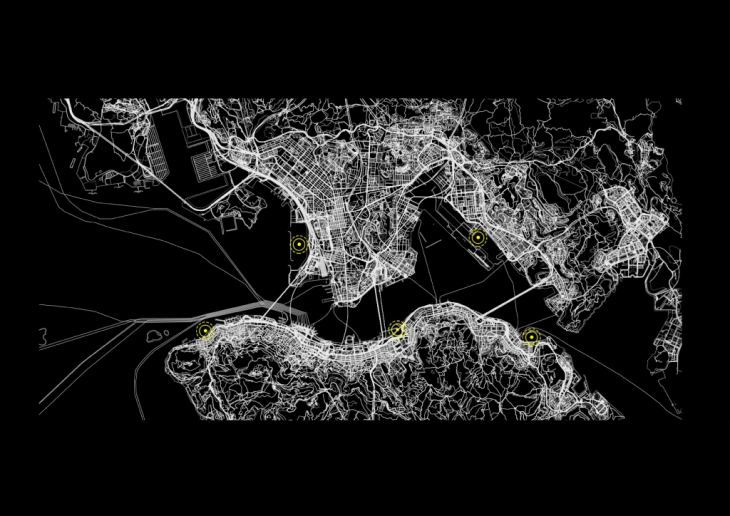
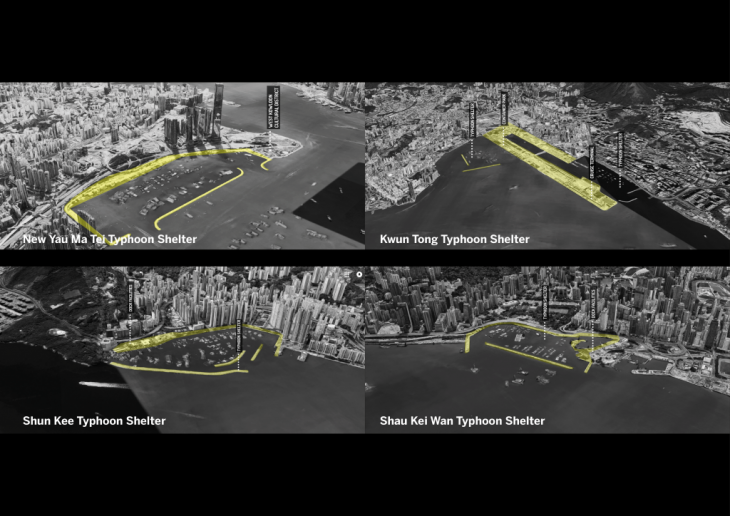
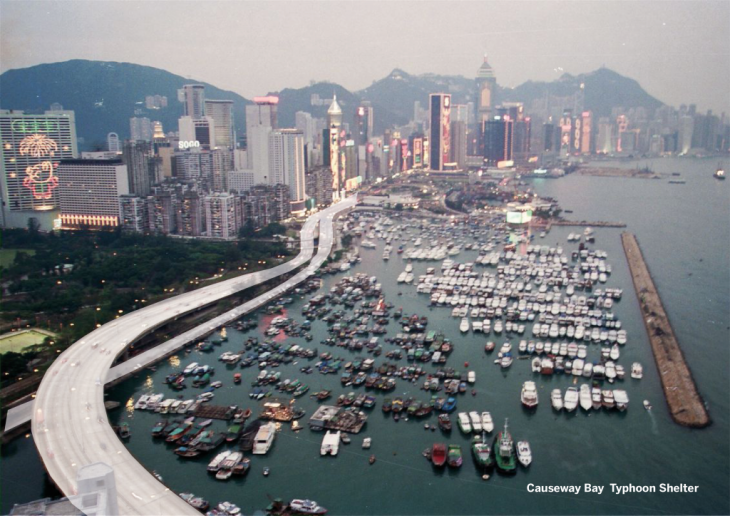
Another infrastructure very common all around the Victoria Harbour are the Piers. Piers used to have a major importance for the mobility in Hong Kong as it was the only way of crossing to Kowloon and traveling to other islands. After the construction of three tunnels and the MTR system, boats started to be a choice mainly for tourists. In addition to that, Piers, just like the typhoon shelters, have a period of time of usage, and as mentioned before, in Hong Kong a closed space is a waste of precious area. The following catalogue shows the usage times of each Pier and their routes.
Mobility:
In a city without ground, talking about mobility is crucial. Hong Kong actually has one of the best on ground public transportation systems, but the activity within the Harbour works slightly differently. The boats are heavily affected by typhoon strikes but on the other hand, as they float, they are probably the best “structure” dealing with the sea level rise. To begin with, we tracked the boats’ routes for 24h in order to better understand their trajectories, frequency and what they transport. Later we took a closer look into tunnels and the part of the MTR system that crosses the harbour.
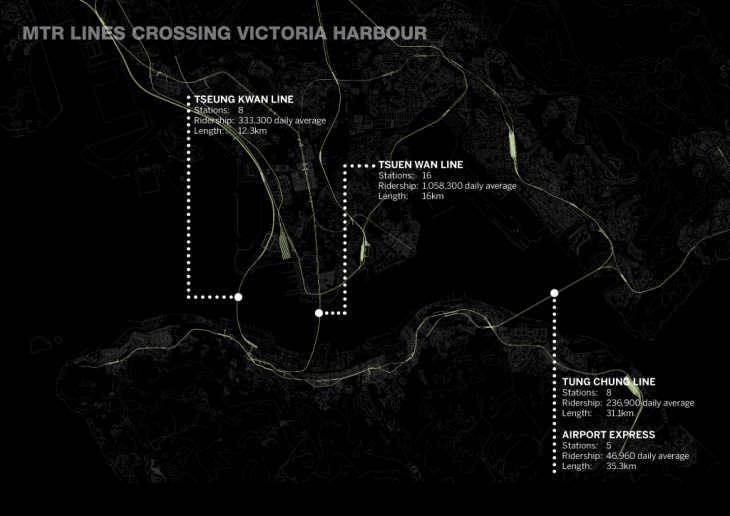
Strategy
The strategy used to tackle these issues was influenced by some important references throughout the history of architecture, mainly the Metabolism Movement, a Japanese movement that fused ideas about architectural megastructures with those of organic biological expansion. The manifesto consisted in a series of four essays entitled: Ocean City, Space City, Towards Group Form, and Material and Man, and it also included designs for vast cities that floated on the oceans and plug-in capsule towers that could incorporate organic growth.
This time, however, the Climate Change issues are embedded in those principles and how they will affect the border of coastal cities.
The agenda of city-making disciplines goes beyond the development of pristine well crafted mixed-use public space. The future concept of urban tissue is reconfigurated by the challenges of Climate Change. A resilient adaptation no longer creates barriers to the problems, it embraces the changes and uses these to shape a new urban design.
Our proposal reshapes the meeting line between water and land, giving place to a new waterfront which allows the water to penetrate both sides of the Victoria Harbour, deconstructing itself in a catalogue of cells which will populate the harbour reconstituting new urban tissue on water.
Fixed nodes on the water allow the floating islands to attach in different positions, giving the city a different layout according to the needs and urban mutations.
The three fixed nodes are divided into different programs:
NODE 1: Metro connection, shops and restaurants
NODE 2: Environmental research centre – This node holds the control of the different layouts of the islands as well as the floating robots which collect environmentally-related data and simultaneously clean the water.
NODE 3: Fairs, events and exhibitions centre – Designed for cultural activities and big events.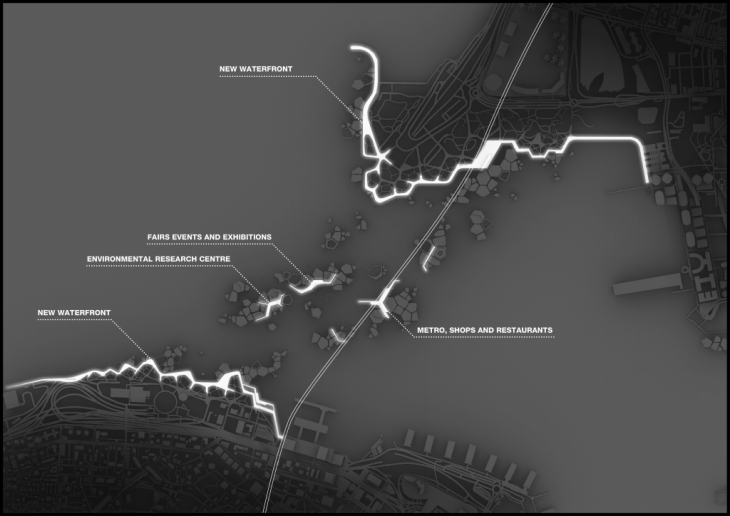
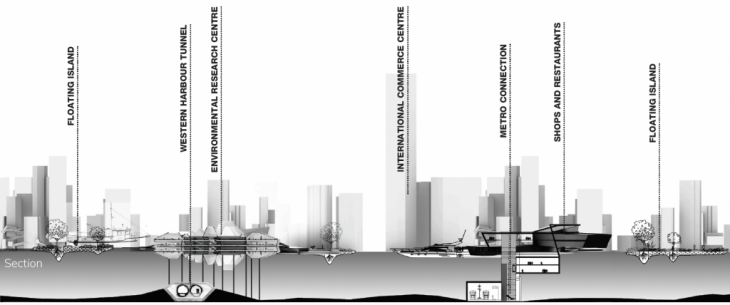
The activity of these nodes is directly related to the layout chosen for a specific day/event. We simulated a design for five different scenarios:
1) Standard Layout: This would be the standard position of the floating islands on a regular basis.
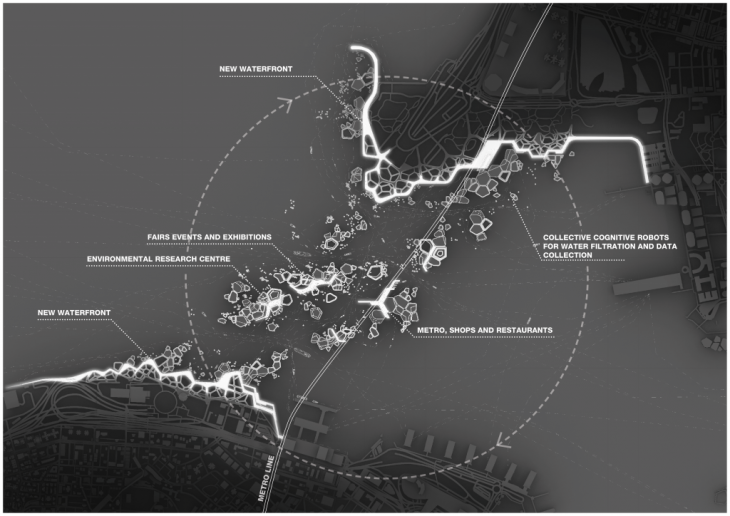
2) Congress / Fairs / Events Layout: In this layout, the NODE 3 is connected with the NODE 1 so people can have access by metro.
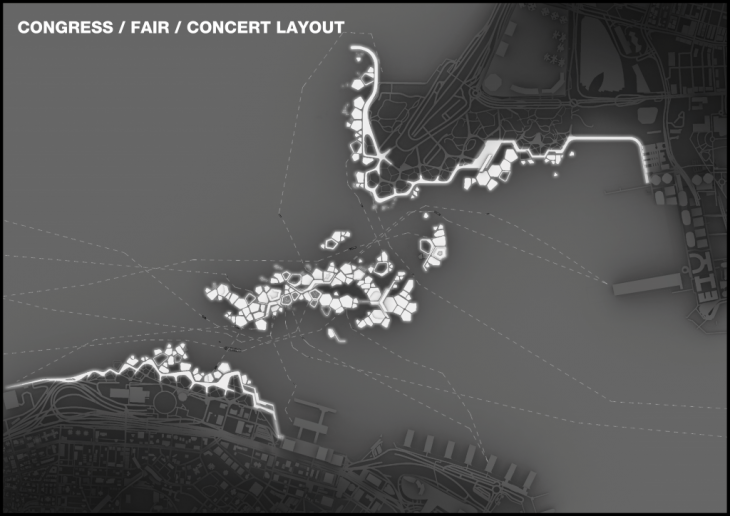
3) Water Sports Events: Hong Kong holds many different important events throughout the year. In this case we envision how a water sports event would change the city. An inner lake is created surrounded by islands which would carry the spectators and host other leisure activities.
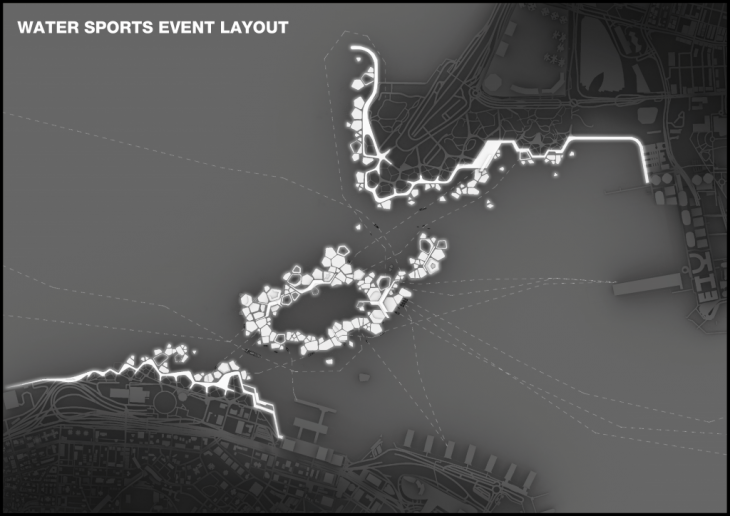
4) Full connection /Cycling / Marathon / Sunday layout: Like the previous example, for other type of sports events (or even on a Sunday where boat tracks could take an alternate way), we tried to picture a scenario where the Victoria Harbour could be crossed by foot or by bike.
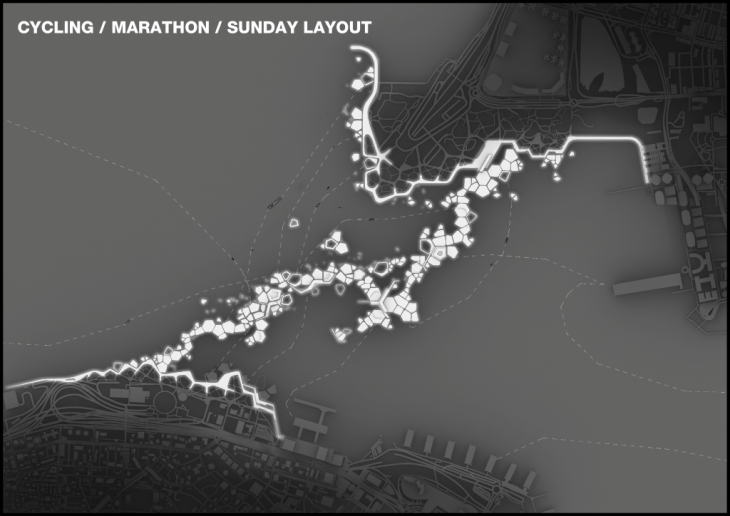
5) Typhoon Strike Layout: As mentioned before, typhoons are part of the climate in Hong Kong, so in this case, the floating islands would assemble and cluster around the fixed nodes and/or attach and anchor to the waterfront.
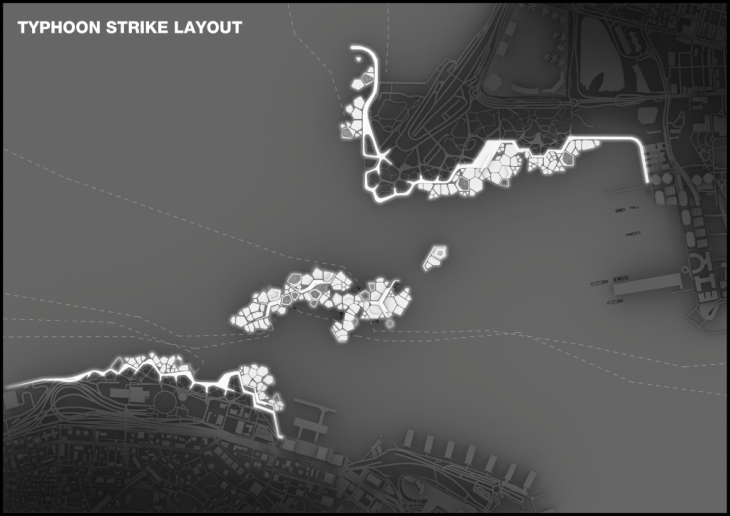
Floating Islands
The Environmental Research Node holds control of the layouts, most of the times they would follow a schedule and automatically assembled according to it. As far as the mechanics are concerned, the islands work as boats but instead of having a “captain”, they would travel along the Harbour conforming to given geo-coordinates. They are powered through renewable-sources energy, either collected from embedded solar panels, either from a outsider source.
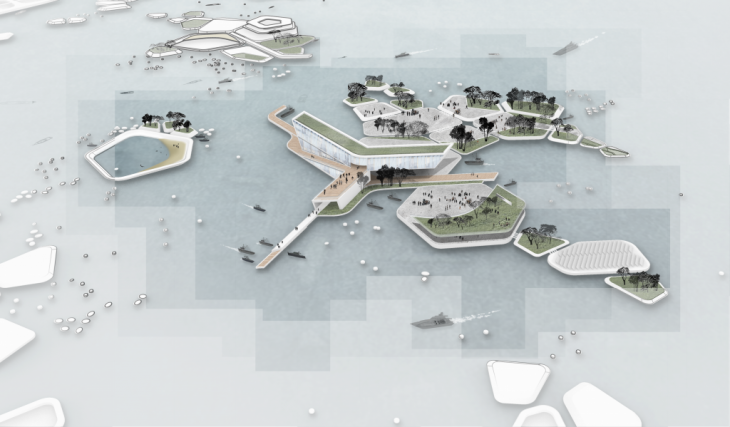
The geometry of this islands result from an overlapping of two geometrical patters. This allowed the pieces to share similar angles so once the layout changes, they can still attach to each other.
In the following images, this geometry is compared to a block of the Eixample in Barcelona for reference-scale purposes.
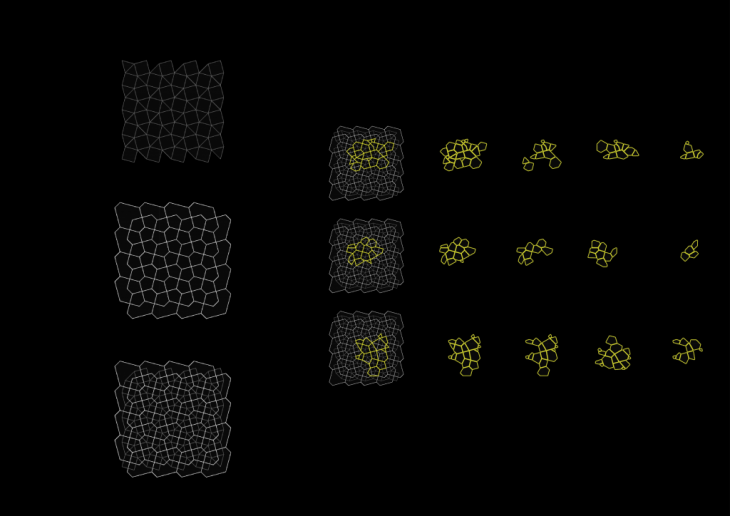
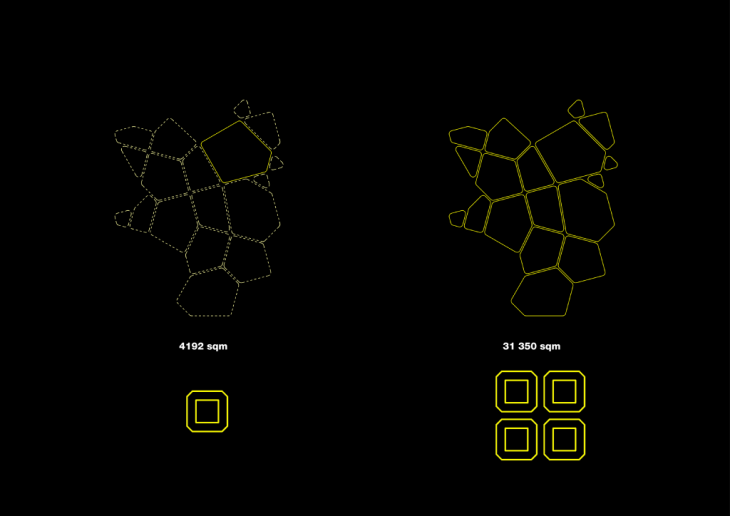
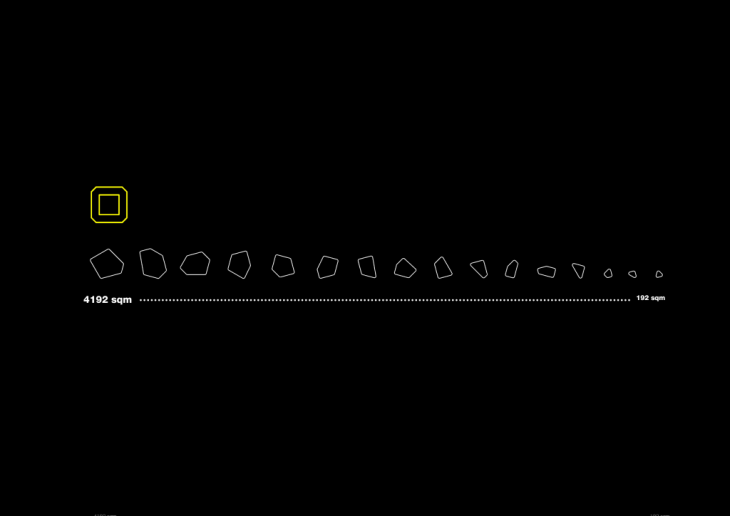
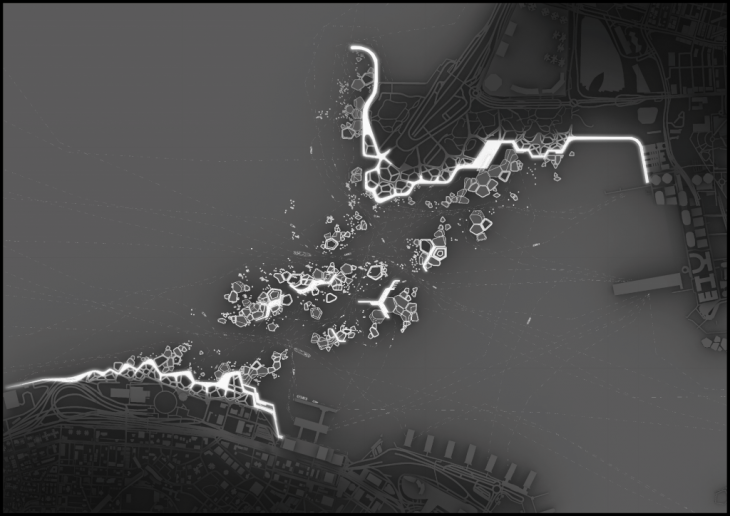
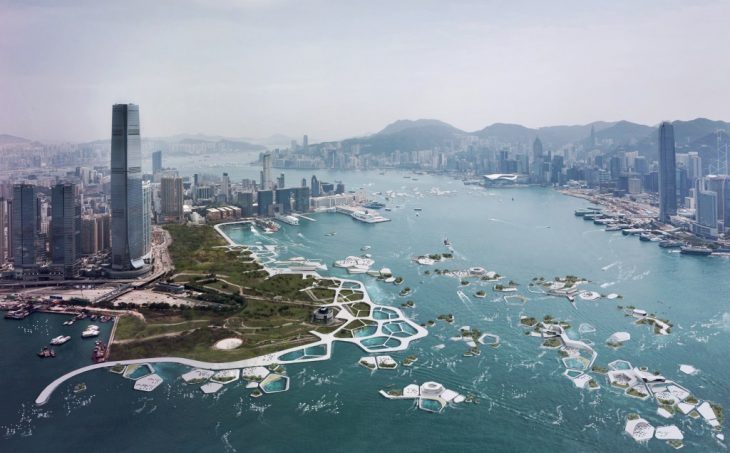
We strongly believe in the urgent need of designing for the future and the challenges of Climate Change, having said that, our project is one of the many proposals one could design given this scenario. After the analysis made and our experience of the Hong Kong lifestyle this project started to gain shape through several variations we produced. We face this as a case-study project, which hopefully will raise awareness for a dramatic change of how we design our cities.
X-Urban Design Studio /// MAA01 2017/2018.
Project developed by Luciana Teodózio & Elena Kavtaradze
Faculty: Willy Müller
Professor Assistant: Jordi Vivaldi Piera
